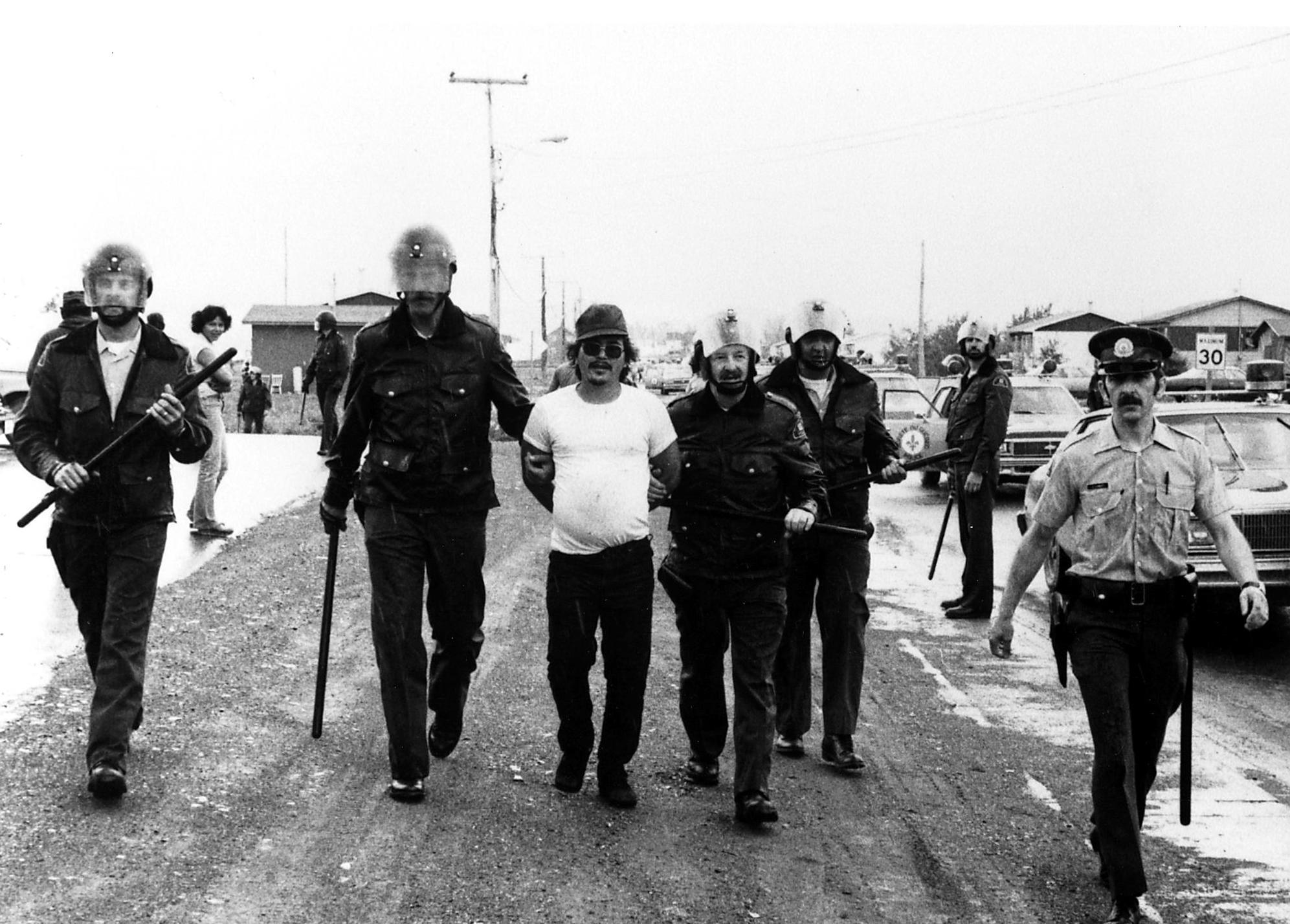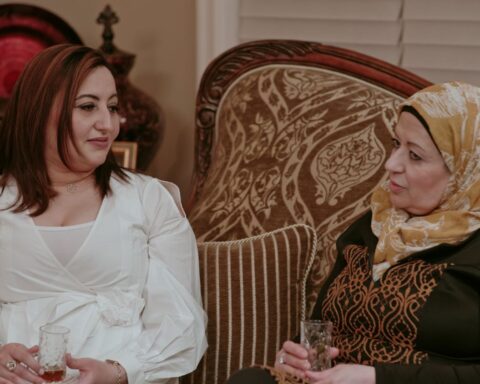“My childhood was pretty ordinary, except from a very early age I wanted to be scared,” Stephen King once told an interviewer. British filmmaker and Hot Docs regular Charlie Lyne has created a new documentary, which explores the ways people give themselves up to fear when they watch horror movies. Even if you are conscious of how you are being taken down a dark road, totally aware of all the manipulation and seduction, “You feel the fear they want you to feel,” says the doc’s soft-voiced female voiceover.
Early on, the narrator tells us she recently survived an accident and is now obsessively watching horror films. We see an impression of what she sees: a silky, nonstop montage of moments from famous and totally obscure movies. The effect is a floating stream-of-consciousness that is pleasurable, disturbing, and loaded with insights into our attraction to the genre.
Although they began with a script, Lyne and his collaborators built the doc while editing it. Fear Itself is all about subtle, elusive image transitions and their contrapuntal relationship to the voiceover. During a Hot Docs interview, Lyne said, “One day, we muted all the narration and watched the film just looking at those links and connections. If the flow is broken, there’s no point.” Attracted to mystery and the beckoning unknown and wanting to edit such footage properly, Lyne pointed out that, “Half the time you don’t rationally know why an edit works, or you figure it out three months later. On some level, watching it back, your body knows, even if you don’t.”
Fear Itself evokes how horror allows people connect to the primal emotions evoked by silence and darkness, and confront anxieties (Lyne’s number one is the “fear of rising off the ground”). Moreover, the majority of the clips we see are of anticipatory moments, not climaxes. Some of the best horror from 1940’s Val Lewton’s pictures through to It Follows (2014) are more about expectation than blowout.
Lyne says that the BBC, which commissioned his film for its online streaming platform, worried about the “slow, drawn-out creep-up of the tension with no intermediate peaks and troughs. But those are some of the most interesting aspects of horror, and inevitably they take their time – as with foreplay.” He laughs and continues, “You can’t have the gory reveal go on for 15 minutes because a) it loses all its power and b) it’s too much.”
For Lyne, “The only reason that horror works is the kind of symbiotic relationship that it forms with the viewer.” And the encounters in that relationship can take many forms. “There’s a lot of talk in film culture discourse about the perfect setting for film,” says Lyne, who writes a weekly Guardian column about shows that stream online.
“A lot of my memories of watching these horror films is sort of half-remembered, or I saw a bit of it at night on TV. These glimpses are as powerful for me as sitting down and watching a film in a cinema. I’m so much more interested in that messy reality. Cinema fitters into our lives.”
The Hot Docs audience will be one of the few to see Fear Itself on the big screen. “Most people,” says Lyne, “will watch this on a laptop, or at night, in a very personal space,” lured into “the moments that precede the scary moments, which are the most likely to lull you into a dream. Anxiety is weirdly close on the spectrum to lethargy. You are never quite sure whether you’re so tense you’re going to jump out of your seat or fall asleep. It’s a weird, nightmarish kind of fugue state to put yourself in. It’s counter-intuitive, but I do associate horror movies with sleep.”
Hot Docs runs April 28 – May 8. Visit www.hotdocs.ca for more information.









